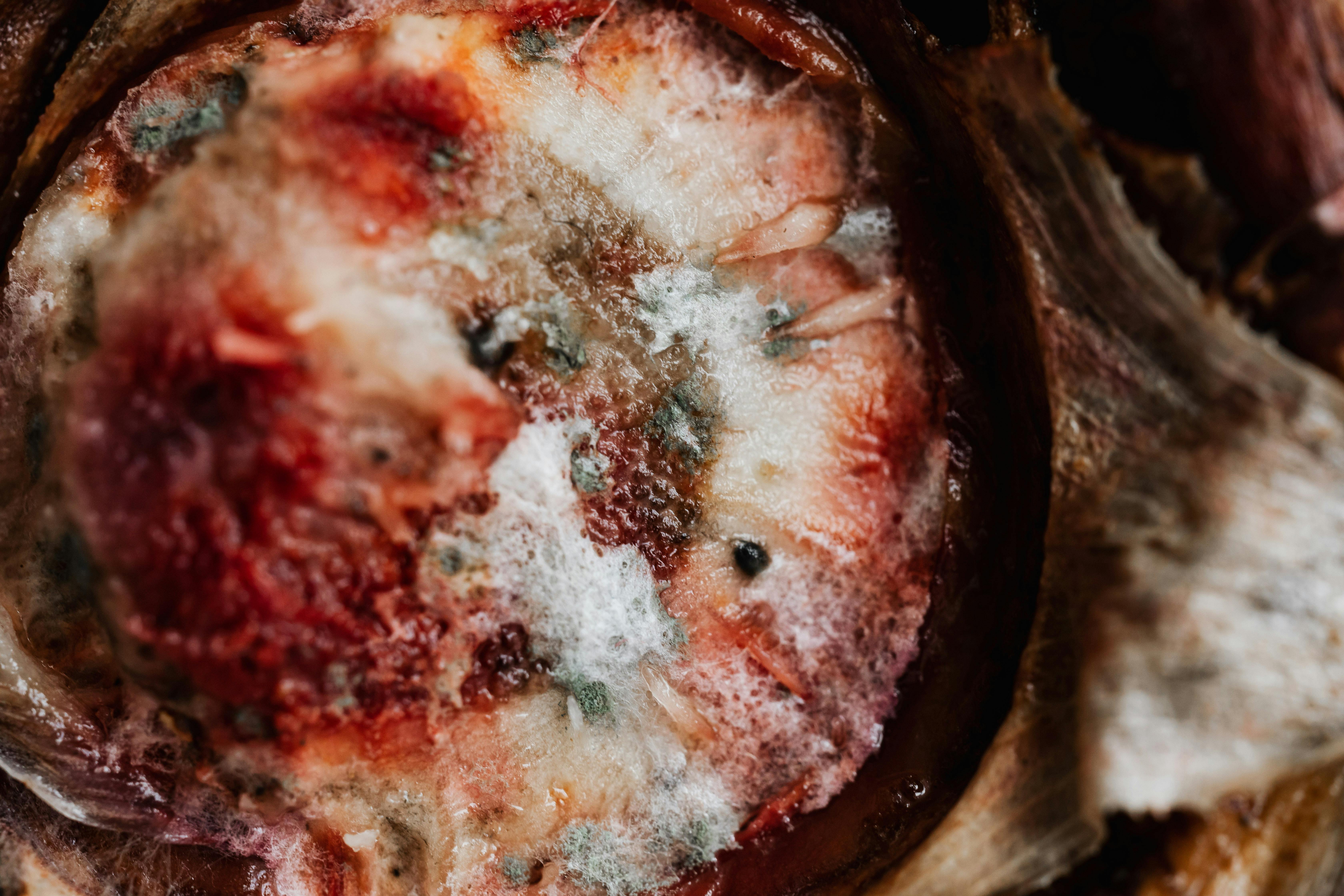Live Pakistani Tea Story 2018 – Saavi Ka Chai Kahwa

I just looked at Shri Dr. NKBahl and didn’t utter a single word, the moment he mentioned about Kahwa in Pakistan. I immediately replied, “Kahwa in Pakistan?” He nodded and looked at me like he doubted his knowledge of teas. As usual, I asked him to share his memories about it (he was recounting his experiences on Rawalpindi’s journey to India during the time of partition). I love knowing more about the partition and shift memories of various people.
I wrote them down and learned a lot about different topics. According to him, Pakistani Kahwa tea is called SAAVI KA CHAI (which means tea made from Saavi leaves, a special type of tea leaves). These sheets were not available in any of the grocery stores or retailers. I even tried all the Khari Baoli sale markets, Chandni Chowk (an area located in Old Delhi). Dr. Bahl promised to bring me the tea leaves.
Later, he explained the process of making tea leaves. According to him, it was called “The preparation of hot and humid tea.” I was curious to know more about it. He narrated that his mother used to prepare for the whole family (he belonged to the joint family). Tea has some medicinal values and is given to the whole family without any kind of restriction. It seems to be a unique type of tea. Young children and older family members regularly consumed it in the severe winter cold. Helped fight cold and keep warm in cold season. Second, its consumption saved one from bronchial infections and allergies. Third, it has the medicinal values to prevent mucus formation and dry cough. Lastly, it is still the best drink in your family.
He continued his story and added: “My mother made the best tea and each member of the family asked her to make it whenever there was an occasion or family gatherings in the evening hours of the day. It used to spend at least 15 minutes to prepare the leaves and obtain the final product of the drink. I used to take two tablespoons of tea leaves in a container. In another container, I would add two cups of water and let the water boil for a few minutes. The water would boil in the bowl, added the tea leaves and let them steep for a while longer. After allowing the water and the tea leaves to give it the desired flavor and color of dark brown, I used to add a little water. Strain for a bit longer. Finally, he added one more cup of cold water and strain for another 5 minutes or so. This was called the HOT and WET tea brewing. As the tea brewed over and over again; little green cardamoms and blacks to tea.s was used to enhance the flavor of the card amoms that it contains. No milk was added. It was the green tea called Kahwa. This was a special tea prepared in the Rawalpindi regions of Pakistan. “
After two weeks, I got the call from Dr. Bahl. He shared the information that he had bought me the tea leaves from Dehradun, Uttar Pradesh. To my amazement, I found that Saavi tea leaves were available only in a few places in India. However, I prepared the tea in the same manner as Dr. Bahl instructed me. Since I like green tea and attach importance to traditional preparations, I admired the color of the tea and looked at it for a long time.
Tea … parting times … memories of the family that moved from Rawalpindi to Dehradun and shared the information with me … it all came together for this cup of tea for me. Before I could drink it, I thanked myself and felt lucky to drink Kahwa prepared with Pakistani tea leaves called Saavi. Greetings to all members of the Bahl family. This is the living history of SAAVI KI CHAI.
This is the history of the tea that was present in Hindustan before the partition. In September 1946 he traveled from Rawalpindi to Amritsar. He soon took root in the REFUGEE COLONY in Dehradun. Now one can find the tea shop in Dehradun selling the SAAVI tea leaves. I wonder how the tea leaves get to Dehradun from Pakistan. However, individuals like Dr. Bahl and his relatives enjoy tea and are attached to it by memories of their leisure and gatherings in the backyard of their homes in Pakistan. Lost are the individuals … lost are their homes and businesses … lost are their lands and properties … yet one thing still remains in their memories and that is SAAVI KI CHAI.
Now I am also part of it and I prepare it for myself and my guests with the part of the history of Saavi Ki Chai-GREEN TEA OF PAKISTAN.